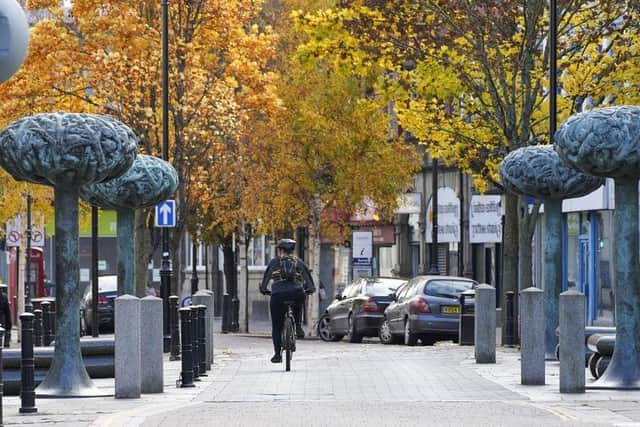This is how ministers will decide Doncaster's new lockdown tier TODAY
and live on Freeview channel 276
The Health Secretary will set out in Parliament the tier which each local authority in England will fall under, in line with the measures set out in the Covid-19 Winter Plan published on Monday, November 23.
‘Tough’ new restrictions will be reviewed close to Christmas on December 19, to allow for areas which make progress in slowing down the spread of disease to be moved down a tier.
Advertisement
Hide AdAdvertisement
Hide AdDecisions on what tier Doncaster is placed under are made by ministers based on public health recommendations that are informed by the case detection rate in all groups but particularly among the over 60s.


Leaders also analyse how quickly the case rates are rising or falling, compared to virus positivity in the general population and the pressure on the NHS in terms of capacity with regards to admissions, ICU bed occupancy and staff absences.
Recommendations as to what tier an area should be classified as are based on local context as well, such as if there is a local but contained outbreak.
If these indicators do not improve in the weeks leading up to the lockdown review, an area may be moved up a tier and if the number of infections start to fall, the area may move to a lower tier.
Advertisement
Hide AdAdvertisement
Hide AdLocal authorities that fall into Tier Three will be offered support from NHS Test and Trace and the Armed Forces to deliver a six-week rapid community testing programme which makes use of lateral flow tests to give results within an hour.
Councils will also able to decide whether to use lateral flow test kits for targeted testing for high-risk workplaces and industries, or for wider asymptomatic community testing, to find positive cases more quickly and break chains of transmission.
Anyone who tests positive, using either a lateral flow test or an existing swab test, must self-isolate along with their household immediately and their contacts will be traced.
Rapid community testing will expand on existing testing programmes within the NHS, care homes, universities and schools to protect those most at risk, and builds on the pilots of community testing which are taking place in Liverpool and Merthyr Tydfil.